New Species of Cetacean Reveals Fearsome Ancestry of Sperm Whales
A new genus of giant prehistoric whale has been named and described – Leviathan melvillei.
A mystery that has puzzled scientists for many years may have finally been solved. In parts of the arid desert region of southern Peru, a number of strange teeth, obviously a meat-eater’s and very big, have been found by locals and scientists from time to time.
These fossils are associated with marine deposits and date from the Late Miocene/Early Pliocene Epochs, but nobody was sure what sort of animal the teeth represented. During much of the Miocene/Pliocene a considerable portion of what was to become the northern part of South America was submerged under a warm, shallow tropical sea. A number of super marine predators are known from similarly aged deposits from this part of the world, an example being Megalodon (Otodus megalodon), a giant shark, so big that it could fit an adult Great White shark into its mouth.
Leviathan melvillei
However, the strange, fossilised teeth from Peru did not resemble the triangular and serrated teeth of a shark, there must have been something else lurking in the water, perhaps a predator capable of tackling Megalodon.
The discovery of a 3-metre-long partial skull, complete with elements of the jaws and more teeth have solved this particular palaeontological puzzle. It seems there was a giant killer whale, an ancestor of the modern Sperm Whale that swam in the shallow waters that were to become Peru. Some of the teeth are nearly 30 cm long making them as big as the teeth of the biggest carnivorous dinosaurs.
The animal has been dubbed Leviathan melvillei (after Herman Melville, the American writer who wrote the fictional account of Moby Dick). A description of the fossils has been reproduced in the scientific journal “Nature”. These fossils represent the largest fossil Sperm Whale ever found, and unlike modern, extant Sperm Whales which prey mainly on soft bodied creatures such as squid and have relatively weak jaws and teeth usually restricted to the lower jaw only L. melvillei was equipped with a formidable array of teeth and was probably a hunter of other large whales, cetaceans and even Megalodon.
An Illustration of Leviathan melvillei
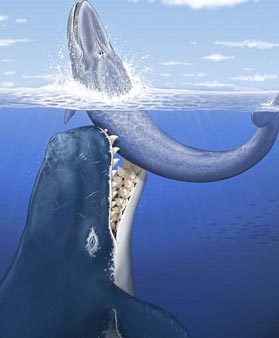
Picture credit: Associated Press/Credit: C. Letenneur (MNHN)
Commenting on the discovery, Dr Oliver Lambert of the Natural History Museum in France stated:
“This Sperm whale could firmly hold large prey with its interlocking teeth, inflict deep wounds and tear large pieces from the body of the victim. With their large size and robust jaws, Leviathan adults were surely free from predation.”
Dr Lambert went on to add:
“It was a kind of sea monster. It’s interesting to note that at the same time in the same waters was another monster, which was a giant shark [Megalodon] about 15 metres long. It’s possible they may have fought each other.”
Based on the fossils recovered from the Peruvian desert, it seems likely that L. melvillei may have been up to 15 metres long itself.
A Model of the Giant Toothed Whale
Compare the teeth in the jaw of the prehistoric whale model to the typical, triangular and serrated tooth of a large shark in the picture below.
A Replica of a Tooth from Megalodon (Otodus megalodon)
Picture credit: Everything Dinosaur
To view a model of Livyatan melvillei and other amazing prehistoric creatures: PNSO Age of Dinosaurs Models.
This new discovery has attracted the attention of a number of institutions and academics, Anthony Friscia, a palaeontologist at the University of California (Los Angeles), commented on the fact that finds of large teeth had hinted at the existence of an ancient super predator, but without further fossils such as the skull bones, scientists were not able to pinpoint precisely what the animal was.
Calling this huge beast the “killer whales of their time, although on a much grander scale”, the palaeontologist added:
“The fact that they [the researchers] have found the entire jaw – well, almost the entire skull, is what’s unprecedented.”
Much of the original fossil material will remain in Peru, but reconstructions of the fossilised teeth will be on exhibit at the Natural History Museum of Rotterdam (Netherlands).
Note
The name of this prehistoric whale has been revised, it is now known as Livyatan melvillei.


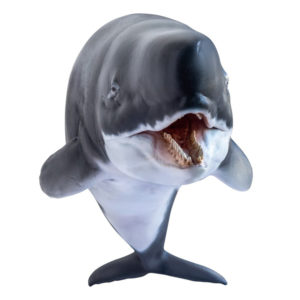
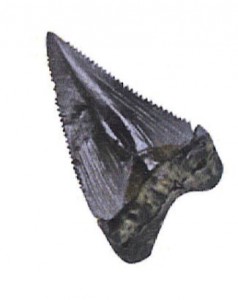
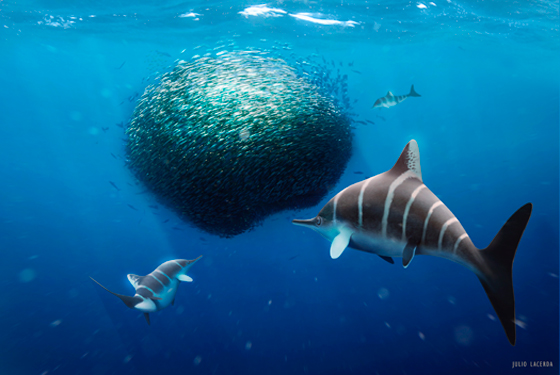

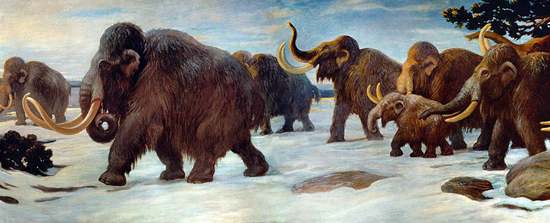
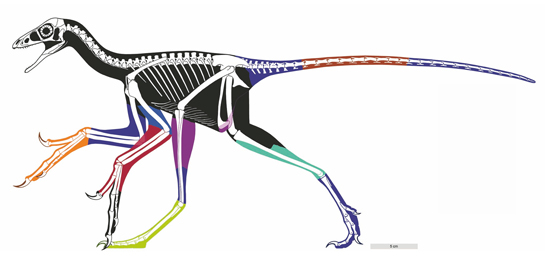
Mike,
I’ve remarked you have several times indicated that Livyatan melvillei fed on Carcharocles megalodon.
Being interested in large ancient predators and having discussed with both Livyatan describers and meg specialists, I have to note you that absolutely no serious support has ever indicated that one or the other of these still highly unknown top predators ever preyed, regularly or not, on the other.
Actually Livyatan, despite having one skull of it, is even more less known than C.megalodon and no direct evidences of it feeding on baleen whales have been found and even less about its interactions with the large shark.
The inverse is as true, except that megalodon is known to have fed on odontocetes whales and that the upper, still accepted, sizes for it are still above the upper size suggested for Livyatan.
In the absence of any interaction between these two extinct taxa, I would ask you, please, to revise these claims on your blog, which can be potentially misleading to people interested in these subjects.
Thank you.
We have used the material supplied by the associated press and the quotations provided are as cited. Prehistoric Times is running a special feature on prehistoric whales in the spring 2013 edition and we are eager to see the articles that this publication will contain, it may help to draw a number of different papers together. The original paper that this article was prepared from was published in “Nature” and we agree with you it simply is not known whether there was any form of predation or indeed any degree of interspecific competition between these two marine animals. The quotations provided are somewhat more forthcoming than we ourselves would be on this matter, we for our part, the key phrase we put in when tying together the material was “perhaps a predator capable of tackling Megalodon”, we simply don’t know. Knowledge of the interactions between extant sharks and Cetaceans is far from complete and it is difficult to support the assertions made in the quotations that have been provided by the press association material.
It is certainly a fascinating area of palaeontology at the moment, as someone who has more specialist knowledge in this field you might honour us by providing a short article that addresses some of the points you have made. We would be delighted and your contribution would be most gratefully received.
The press has nver been a reliable source of information. Livayatan is a relative of Physterid whales that has similarities to smaller better preserved speceis of whale that seem to have been more active predators, than the squid eating modern sperm whales. Megalodon (though inhabiting the same general area and probably having similair prey) rarely would seek conflict with another top predator, and vice versa because it would not be worth the sustainable injuries. of course anything is possible.